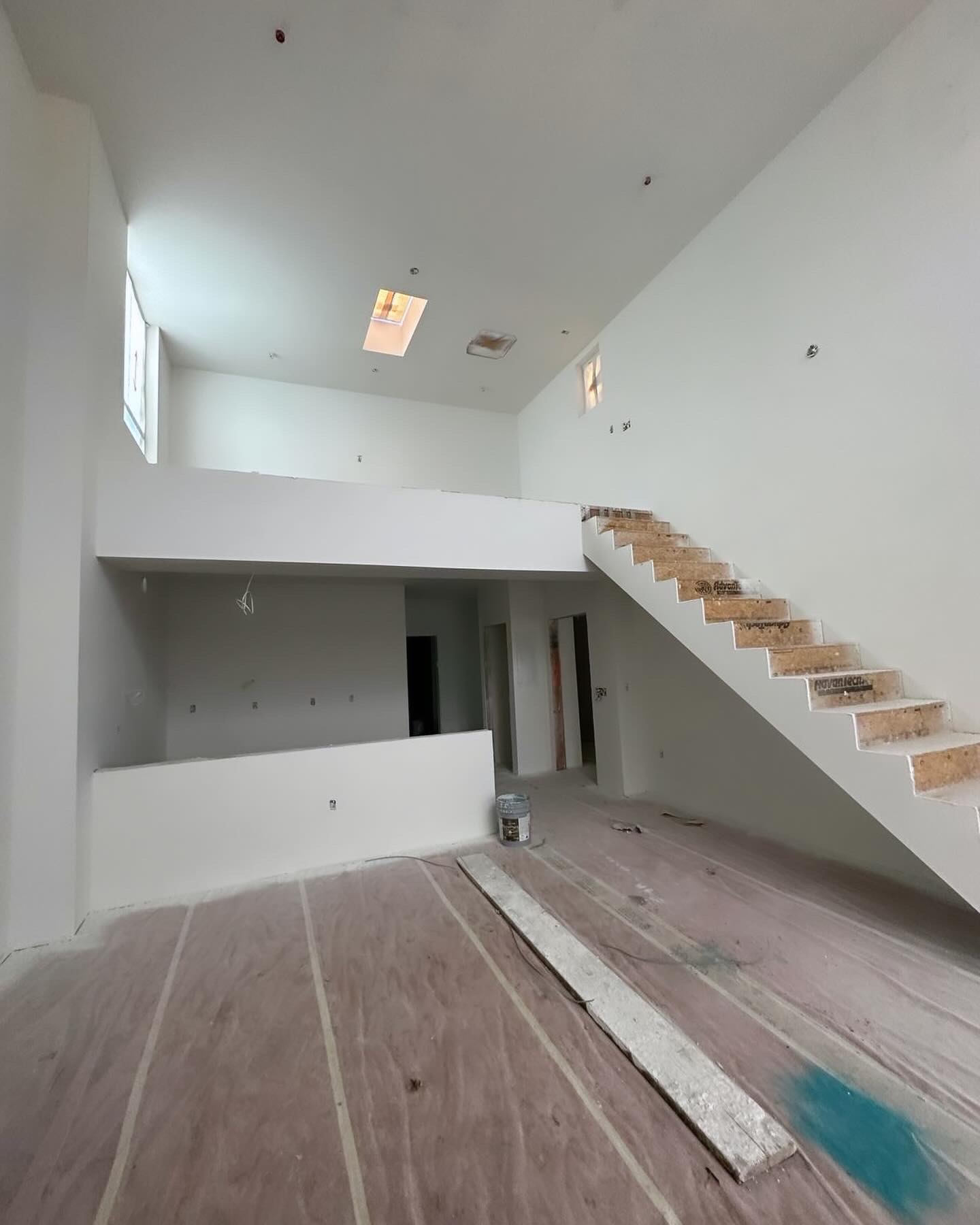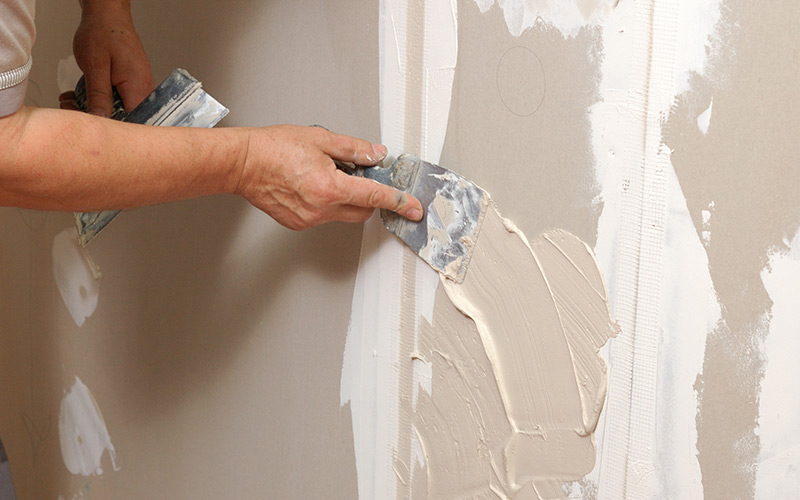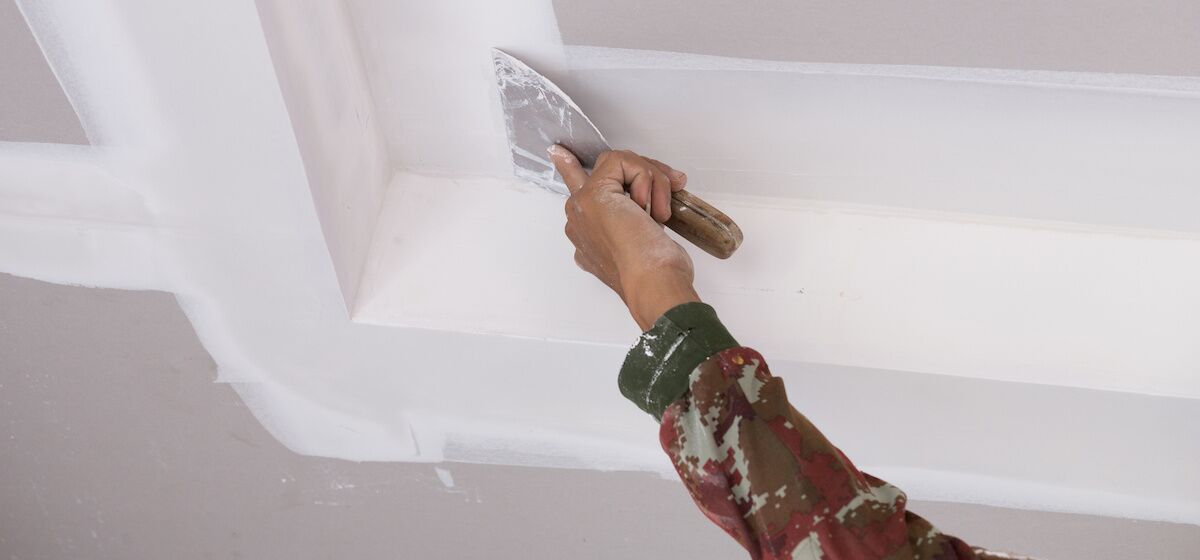Specialist Sheetrock Repair Fort Worth for Quick Fixes
Specialist Sheetrock Repair Fort Worth for Quick Fixes
Blog Article
Full Guide to Reliable and reliable Drywall Setup
Drywall setup is an important element of any kind of building and construction or remodelling job, requiring a meticulous strategy to make sure both effectiveness and reliability. It is necessary to discover the subtleties of each step in the process, as they jointly contribute to the overall success of the drywall setup.
Essential Tools for Drywalling
When starting a drywall setup task, having the right tools is critical for achieving an expert finish. Essential devices include a drywall blade, tape measure, and a T-square, which are basic for exact dimensions and smooth cuts. A drywall lift is also highly advantageous, particularly for ceiling installments, enabling for less complicated handling of hefty panels.
For fastening the drywall, a cordless drill and drywall screws are essential. The drill needs to be furnished with a drywall bit to ensure efficiency and accuracy. In addition, an essential device is the drywall saw, which facilitates cutting about other barriers and electric outlets.

Furthermore, protective gear such as safety glasses and a dirt mask are vital to make sure individual safety and security throughout the installment process. Making use of the right devices not just boosts the high quality of the installation yet likewise streamlines the process, making the job a lot more efficient overall.
Preparing the Room

Next, assess the condition of the wall surfaces and ceilings. Fix any kind of existing damages, such as openings, fractures, or peeling off paint, to ensure a smooth and also surface area for drywall application. Additionally, check for electric outlets, plumbing lines, and a/c ducts, noting their places to prevent problems throughout installment.
It is also vital to measure the room properly, identifying the measurements of the ceilings and wall surfaces to calculate the suitable quantity of drywall needed. Develop a thorough plan that includes the layout and positioning of the drywall panels.
Installment Techniques
Reliable installation strategies are essential for attaining a professional coating in drywall projects. Proper measurement and cutting of drywall sheets are fundamental steps.
When hanging drywall, start from the leading and work downward, ensuring that the long edge of the board is vertical to the framework. Safeguard the sheets with screws instead than nails, which provide higher holding power and minimize the risk of popping. Location screws every 12 inches along the sides and every 16 inches in the area of the board.
For corners, use corner beads to achieve sharp, tidy sides. When mounting on ceilings, make use of a drywall lift or have a partner assist in holding the sheets in position (drywall fort worth). Keep a void of regarding 1/4 inch above the floor and ceiling to accommodate growth and contraction
Completing Touches

As soon as the tape is in location, it's time to use the initial layer of joint compound, likewise known as dig this mud. Use a 10 to 12-inch taping knife to spread the compound evenly over the taped seams, feathering the sides to mix with the surrounding drywall.
Allow the substance to dry completely, typically 24-hour. After drying out, sand the surface gently with fine-grit sandpaper to eliminate any imperfections. drywall repair. Repeat the mudding and fining sand procedure, generally a couple of coats, guaranteeing each layer is flush and smooth with the drywall surface
Typical Blunders to Stay Clear Of
Several DIY lovers experience mistakes throughout drywall installation that can endanger the last results. One common error is stopping working to properly measure and reduce drywall sheets.
An additional regular mistake is improper attachment. Making use of as well couple of screws or nails can bring about loosened drywall, while overdriving bolts can trigger the paper to tear, compromising the find more info framework. It's important to maintain constant spacing, generally every 16 inches, and to ensure that bolts are flush with the surface.
Furthermore, not addressing wetness issues prior to setup can result in mold growth and structural damage. Constantly assess the environment and usage moisture-resistant drywall in high-humidity visit the site locations.
Verdict
Efficient and reliable drywall installment calls for thorough focus to detail throughout the procedure. Avoiding common errors additionally contributes to a specialist outcome, highlighting the value of accuracy and strategy in successful drywall projects.
It is essential to discover the nuances of each action in the procedure, as they collectively add to the overall success of the drywall setup.When beginning on a drywall installment job, having the right tools is vital for achieving an expert coating.For attaching the drywall, a cordless drill and drywall screws are required.Properly preparing the room is important for an effective drywall installation.Reliable setup strategies are essential for accomplishing a professional coating in drywall jobs.
Report this page